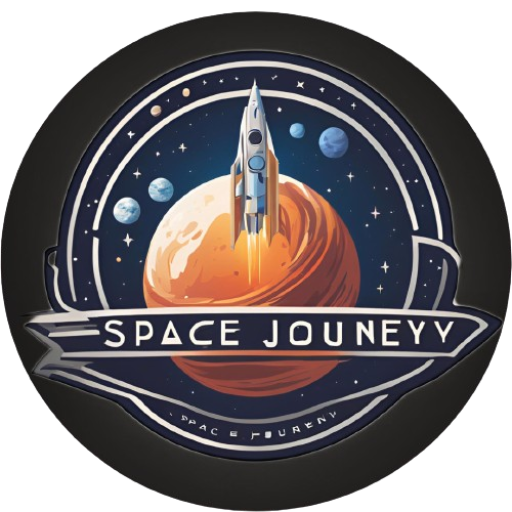Mysteries of Wormholes
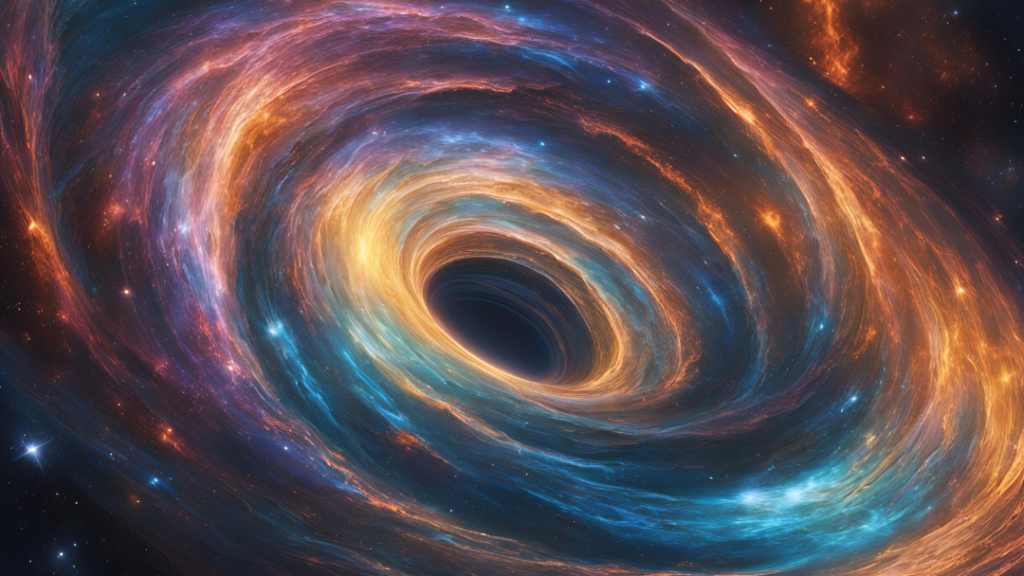
In the vast expanse of the universe, where stars twinkle and galaxies spin in their majestic dance, there lies a concept that has both captivated the minds of scientists and enchanted the imaginations of science fiction enthusiasts: wormholes. Often depicted as cosmic shortcuts or portals to other realms, wormholes spark curiosity and wonder. In this blog post, we’ll embark on a journey through the enigma of wormholes, exploring their theoretical foundations, their potential implications, and why they hold such a fascination for us.
1. The Concept of Wormhole : A Brief Overview
Wormholes, also known as Einstein-Rosen bridges, are theoretical passages through space-time that could create shortcuts for long journeys across the universe. Imagine space-time as a sheet of paper. If you fold that sheet so that two points touch, a wormhole would be akin to a bridge connecting these two points directly. Instead of traveling the entire length of the paper, you could take a shortcut through the bridge.
The term “wormhole” was coined by physicist Kip Thorne in the 1980s, although the concept itself has roots in Einstein’s theory of general relativity. According to this theory, massive objects like stars and black holes warp the fabric of space-time around them. Wormholes are a theoretical extension of this idea, suggesting that space-time could be connected in ways that allow for faster-than-light travel or even time travel.
2. Theoretical Foundations of Wormhole
To understand wormholes, it’s essential to grasp a few key concepts from Einstein’s theory of relativity and quantum physics:
- Space-Time: According to general relativity, space and time are intertwined into a single four-dimensional continuum called space-time. Massive objects cause space-time to curve, which we perceive as gravity.
- Einstein-Rosen Bridges: In 1935, Albert Einstein and his colleague Nathan Rosen proposed the idea of a bridge connecting two separate points in space-time. This was initially intended to explain certain properties of black holes, but the concept later evolved into what we now call wormholes.
- Traversable Wormhole : While the Einstein-Rosen bridge is a theoretical construct, a traversable wormhole is a type that could potentially allow matter or information to pass through. For a wormhole to be traversable, it would need to be stable enough to avoid collapsing while something is traveling through it.
3. Types of Wormholes
There are various types of wormholes proposed by physicists, each with unique characteristics and theoretical challenges:
- Schwarzschild Wormhole: Also known as a Schwarzschild black hole or Einstein-Rosen bridge, this type connects a black hole to a white hole. However, this connection is highly unstable and would collapse almost immediately after formation.
- Traversable Wormhole: This is a more theoretical and stable type of wormhole that could, in principle, be used for interstellar travel. It requires exotic matter with negative energy density to keep the wormhole open and prevent it from collapsing.
- Kerr Wormhole: A solution to Einstein’s field equations that describes a rotating black hole. Kerr wormholes involve complex interactions between rotation and gravitational fields, making them a fascinating area of research.
4. The Fascination with Wormholes
Wormholes have a magnetic allure for several reasons:
- Science Fiction and Popular Culture: Wormholes have become a staple of science fiction, featured in movies, TV shows, and books. From “Star Trek” to “Interstellar,” these portrayals fuel our imagination and wonder about the possibilities of faster-than-light travel and alternate dimensions.
- Interstellar Travel: One of the most exciting possibilities that wormholes offer is the potential for interstellar travel. The vast distances between stars could be traversed quickly if wormholes were a reality, bringing distant worlds closer to our reach.
- Time Travel: Wormholes also offer intriguing possibilities for time travel. The idea that one could travel back in time or visit the distant future adds an element of wonder and excitement to the concept.
- The Quest for Knowledge: For scientists, wormholes represent a challenge and an opportunity to explore the fundamental nature of the universe. They push the boundaries of our understanding of physics and space-time.
5. Scientific Challenges and Limitations
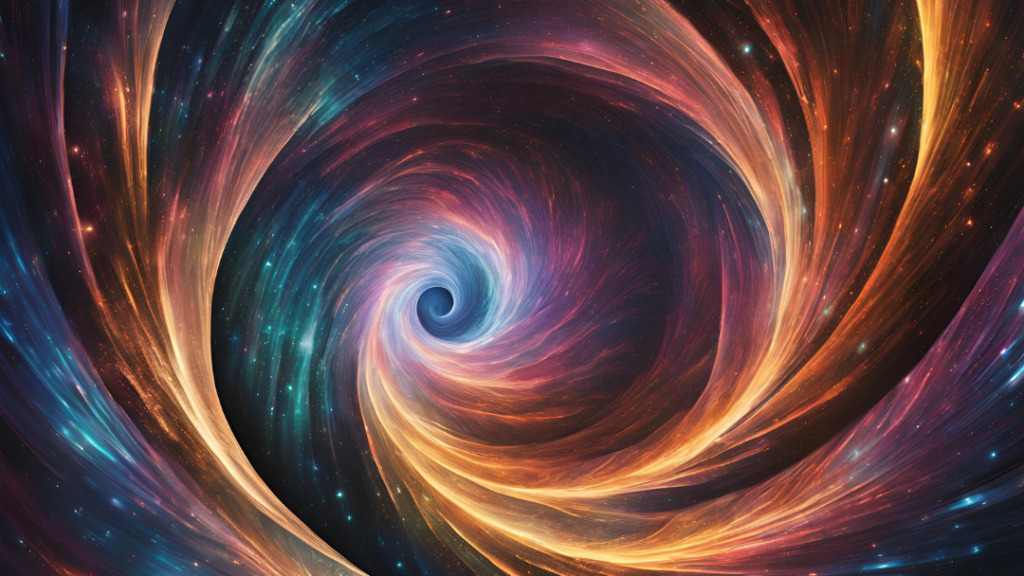
While wormholes capture our imagination, there are significant scientific challenges associated with them:
- Stability Issues: Traversable wormhole require exotic matter to remain stable. Exotic matter with negative energy density has not been observed in nature and remains a theoretical concept.
- Quantum Fluctuations: Theoretical models suggest that wormholes could be affected by quantum fluctuations, potentially leading to instability or collapse.
- Technological Feasibility: Even if wormholes exist, harnessing them for practical use would require advanced technology far beyond our current capabilities.
6. Current Research and Future Prospects
Researchers are actively studying wormholes to understand their properties and potential applications better:
- Mathematical Models: Scientists use mathematical models and simulations to explore the characteristics of wormholes and their behavior under different conditions.
- Astrophysical Observations: While direct evidence of wormhole is lacking, astrophysical observations of black holes and other cosmic phenomena may provide indirect clues about the existence of wormhole.
- Theoretical Developments: Advances in quantum physics and general relativity could lead to new insights into wormholes and their feasibility.
7. The Indian Perspective: Science and Culture
In India, the fascination with space and science has a rich history, from ancient astronomical observations to modern-day space exploration:
- Ancient Astronomy: Indian scholars such as Aryabhata and Bhaskar made significant contributions to astronomy and mathematics, laying the groundwork for our understanding of celestial phenomena.
- Space Research: India’s space agency, ISRO, has made remarkable strides in space exploration with missions like Chandrayaan and Mangalyaan. The study of wormholes could potentially inspire future Indian scientists and researchers.
- Cultural Impact: The concept of wormholes, along with other scientific ideas, often finds its way into popular culture and literature, influencing how we perceive the universe and our place within it.
8. Conclusion
Wormhole remain one of the most intriguing and mysterious concepts in modern physics. While they are still largely theoretical and face numerous scientific challenges, they continue to inspire curiosity and wonder. Whether as cosmic shortcuts, time-travel portals, or a fascinating subject of research, wormhole offer a glimpse into the possibilities that lie beyond our current understanding of the universe.
As we continue to explore the mysteries of space and time, the idea of wormhole reminds us of the boundless potential of human imagination and the unending quest for knowledge. Whether through the lens of science fiction or the rigorous pursuit of scientific discovery, wormhole remain a symbol of our desire to explore the unknown and reach beyond the stars.
-
The Space Umbrella

The Space Umbrella Imagine a future where we have a giant umbrella in space, shielding our planet from the Sun’s scorching rays. Sounds like science … Read More
-
बरमूडा ट्रायंगल का रहस्य | क्या सच में यहां जहाज और विमान गायब हो जाते हैं?
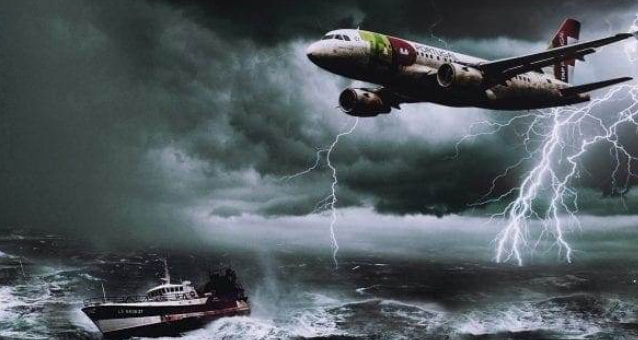
बरमूडा ट्रायंगल का रहस्य | क्या सच में यहां जहाज और विमान गायब हो जाते हैं ? एक ऐसा क्षेत्र जहां विमान और जहाज अचानक … Read More
-
ओउमुआमुआ का रहस्यमयी मोड़ : वैज्ञानिक क्यों हुए हैरान?
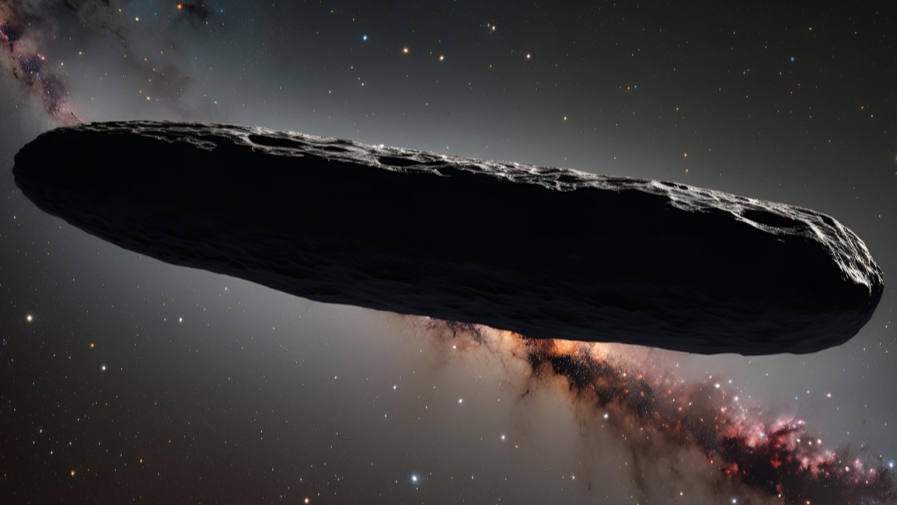
दोस्तों बात है 2017 कि जब हमारे सोरमंडल मे एक अजीबो गरीब ऑब्जेक्ट देखा गया जिसका नाम रखा गया ओउमुआमुआ । एक रहस्यमय ऑब्जेक्ट , … Read More
-
12 Fascinating Facts About Einstein’s General Theory of Relativity You Might Not Know

Einstein’s General Theory of Relativity , proposed by Albert Einstein in 1915, revolutionized our understanding of gravity and spacetime. While many facts about it are … Read More
